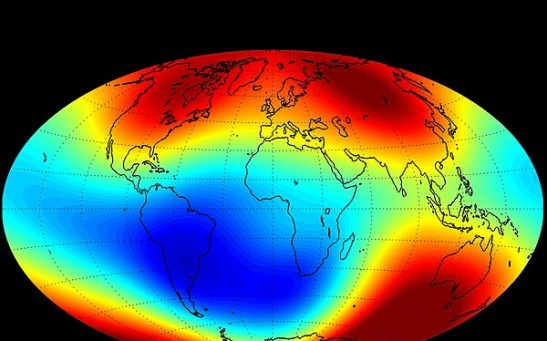hydrogen
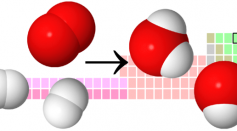
Electrocatalyst Made of Nickel, Iron, Silicon Could Synthesize Clean Hydrogen From Water
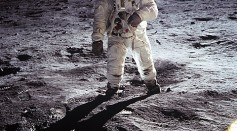
Hydrogen Found in Apollo Samples Could Potentially Solve Lunar Water Origin

New Compound To Store Hydrogen Energy Developed in Japan; Carrier Material Effective, Low-Cost

Is Hydrogen a Metal or Non-Metal? What You Need To Know About This Natural Gas
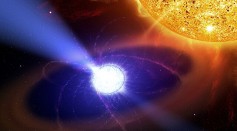
Two-Faced Star Discovered; White Dwarf Features Hydrogen on One Side, Helium on the Other
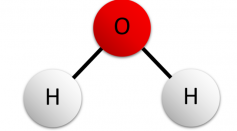
2D Janus Materials Could Catalyze Splitting Water Molecules, Harvest Hydrogen
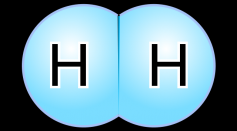
Green Hydrogen Explained: Is It Feasible to Use Clean Energy Mainstream?

Greenhouse Gasses Such as CO2 Could Transform Into Production of Raw Material Using Nanodiamonds

Hydrogen Air Moisture Can Now Be Transformed Into Renewable Electricity, Study Says
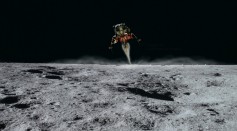
World Map of Hydrogen Abundance Enables Scientists to Understand the Origin of the Moon

Researchers Report Progress on Greener, More Sustainable Hydrogen Extraction from Water

Solar Paint Offers Endless Clean Hydrogen Fuel Through Harnessing Water Vapor From The Air, Developed By Researchers
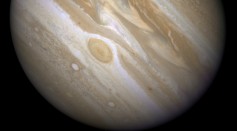
Scientists Are Close In Hammering Down Metallic Hydrogen
The ESA Finds Champagne Nebula And Brighter Sets of Stars
Most Popular

How Technology Is Changing the Real Estate Industry?

Study Reveals High Turnover in Scientific Research Careers: What This Means for Future Scientists

How a Plant-Based Diet Can Protect Against Breast Cancer: Insights from Nutrition Research

Why It's So Difficult to Lose Weight: The Biological Explanation Behind Obesity

